Optimal Timing for Indoor Air Quality Testing
Air quality testing is most effective when conducted during periods of typical indoor activity and environmental conditions. Testing during different seasons can reveal variations in pollutant levels, helping to identify specific sources of indoor air contaminants. Regular testing ensures ongoing assessment of air quality, especially in environments with fluctuating occupancy or ventilation patterns.
Spring and fall often provide ideal conditions for air quality testing due to moderate weather and ventilation patterns, which can influence indoor pollutant levels.
Conducting tests when spaces are at peak occupancy can help assess exposure levels during typical use and identify potential health risks.
After implementing air quality improvements or repairs, testing confirms the effectiveness of measures taken to reduce pollutants.
Testing during significant weather shifts, such as temperature or humidity fluctuations, can reveal their impact on indoor air quality.
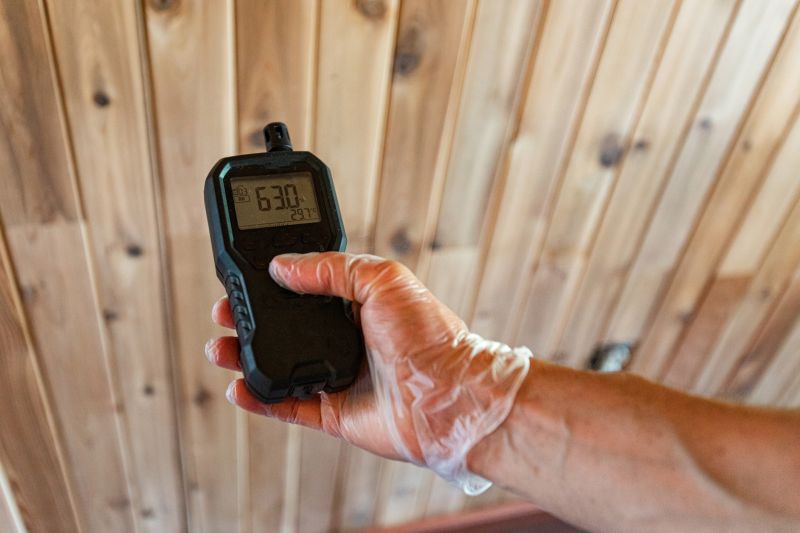
Modern devices provide precise measurements of pollutants like VOCs, particulate matter, and CO2 levels.

Continuous monitoring systems help track fluctuations and identify sources of indoor pollutants.
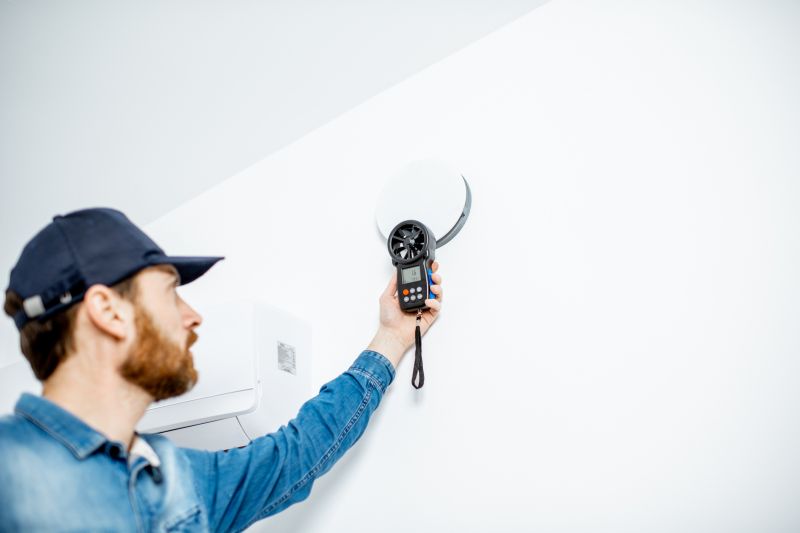
Seasonal testing captures variations in air quality related to weather and ventilation patterns.
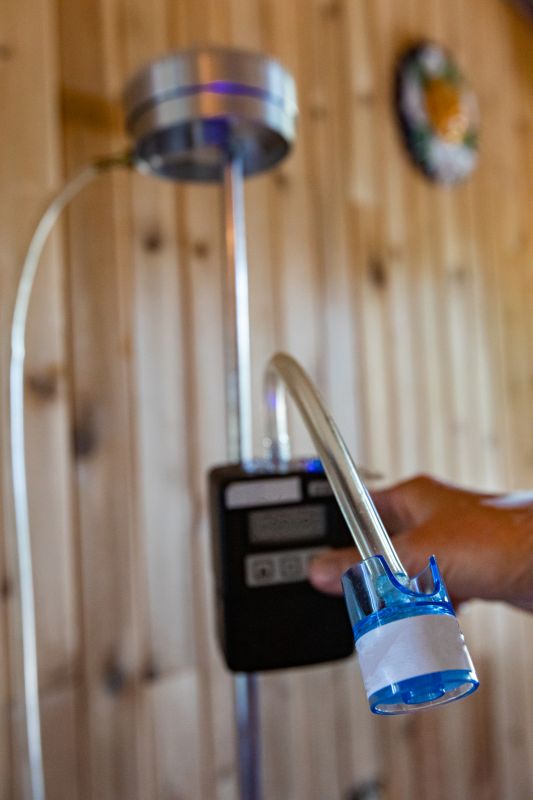
Ways to make Air Quality Testings work in tight or awkward layouts.
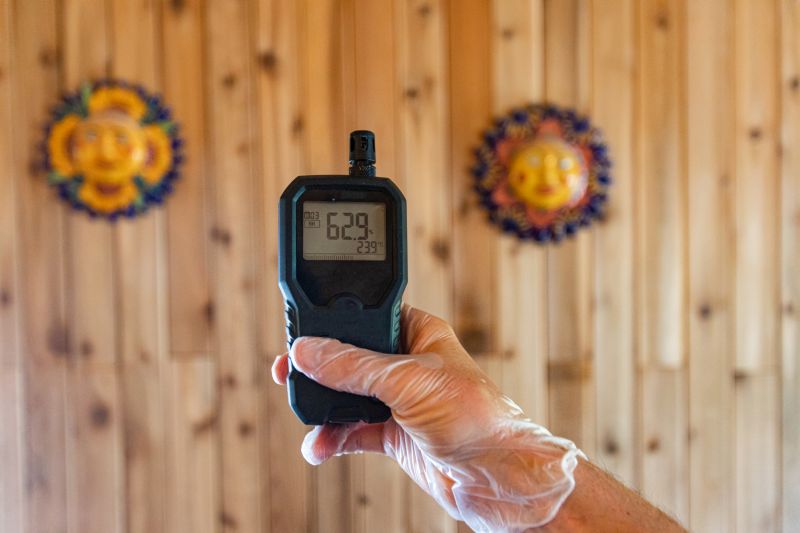
Popular materials for Air Quality Testings and why they hold up over time.
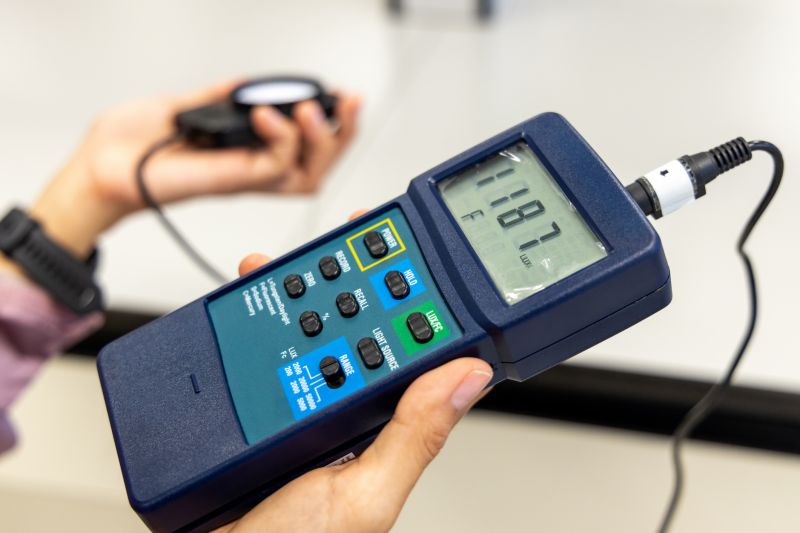
Simple add-ons that improve Air Quality Testings without blowing the budget.
Air quality testing provides critical insights into indoor environments, helping to identify pollutants that may affect health and comfort. Pollutants such as particulate matter, volatile organic compounds, and carbon dioxide can accumulate indoors due to various sources, including cooking, heating, cleaning products, and building materials. Regular testing allows for early detection and mitigation of issues before they impact occupant well-being.
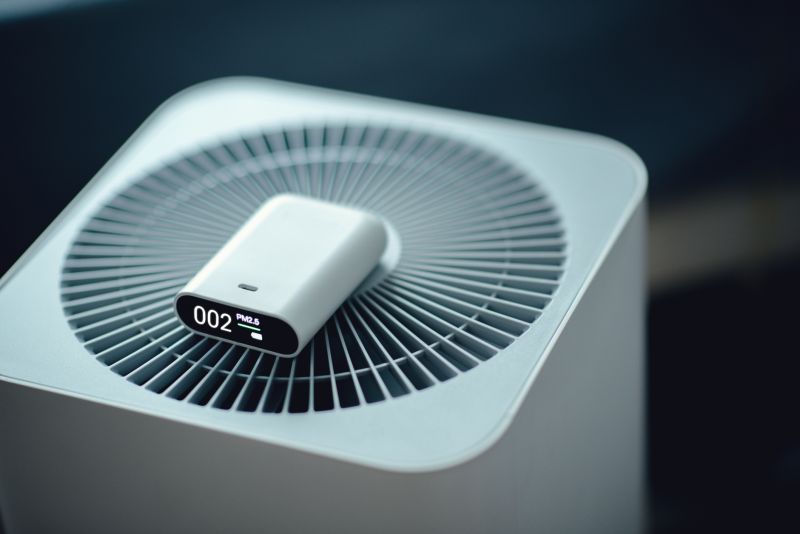
Sensors detect real-time changes in pollutant levels, enabling prompt responses.
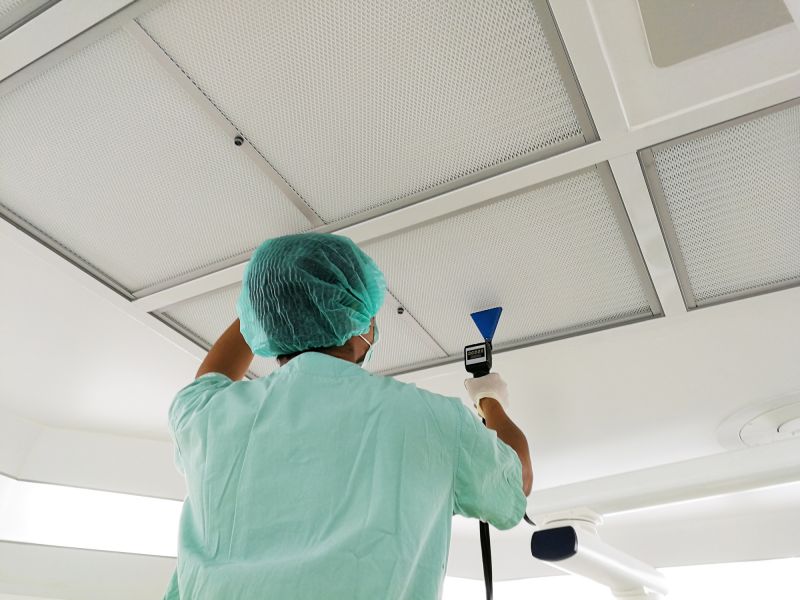
Samples collected for laboratory analysis provide detailed pollutant profiles.
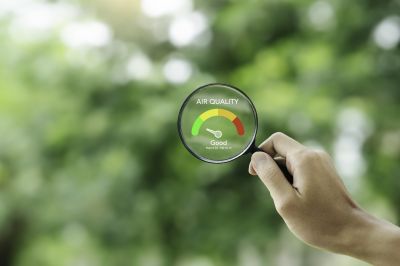
Interpreting test results helps determine necessary actions for improving air quality.
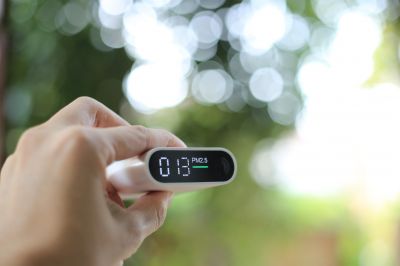
Assessing ventilation efficiency ensures proper air exchange and pollutant removal.
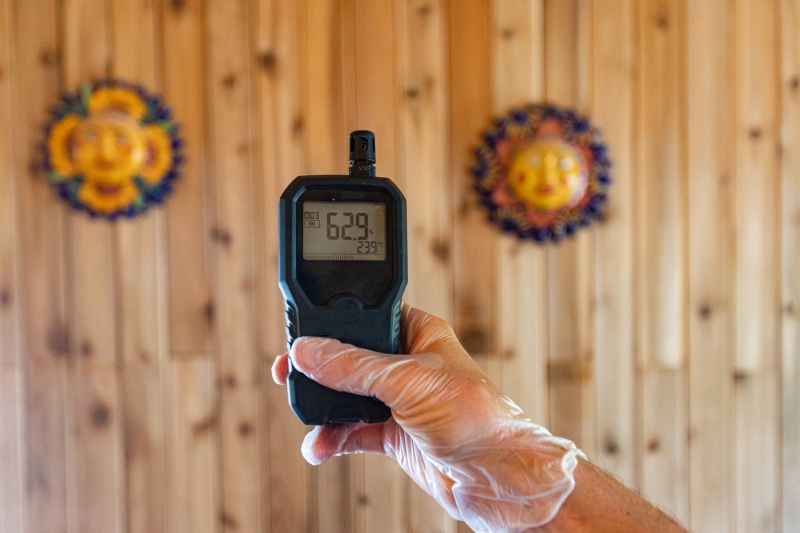
High-end options that actually feel worth it for Air Quality Testings.
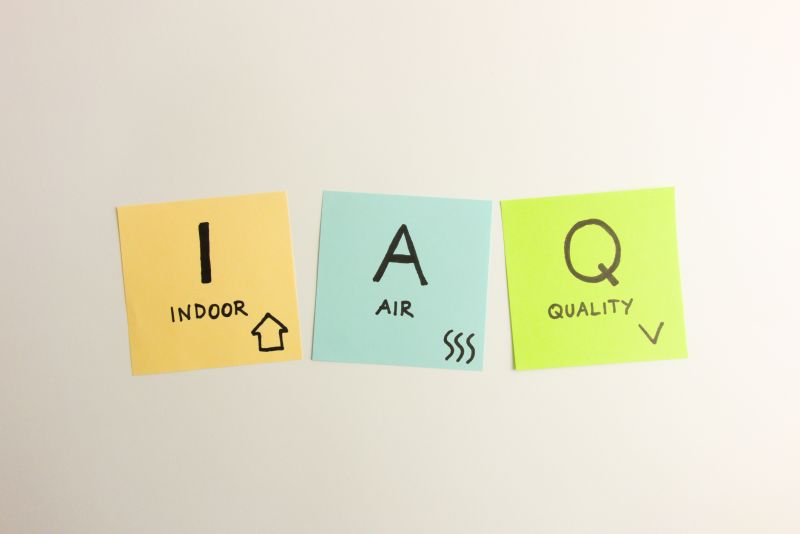
Finishes and colors that play nicely with Air Quality Testings.
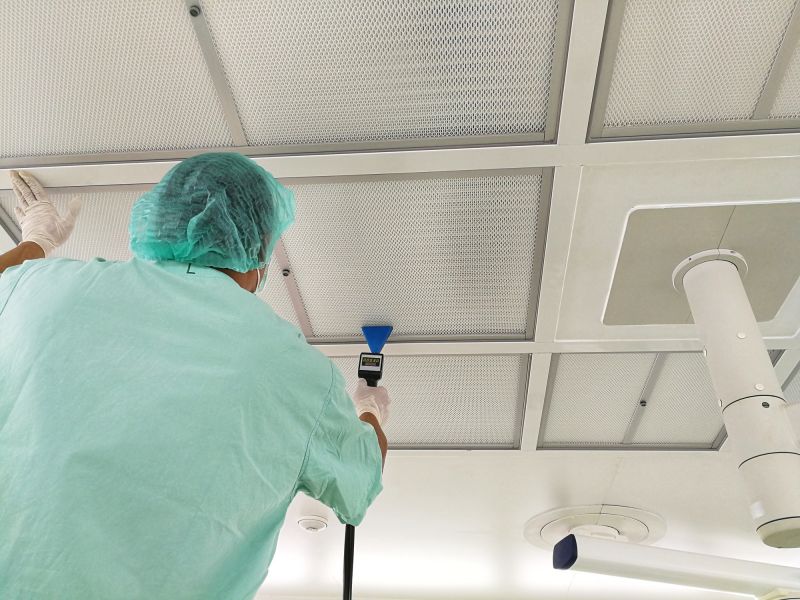
Little measurements that prevent headaches on Air Quality Testings day.

A 60-second routine that keeps Air Quality Testings looking new.
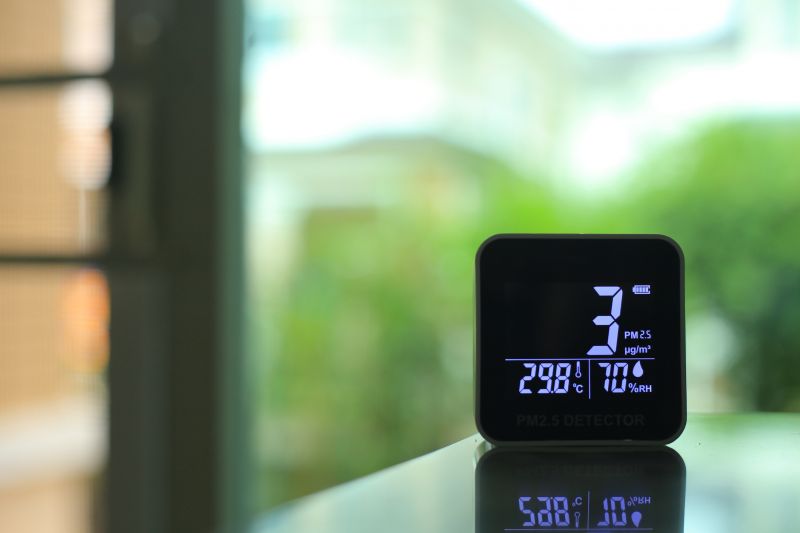
A frequent mistake in Air Quality Testings and how to dodge it.
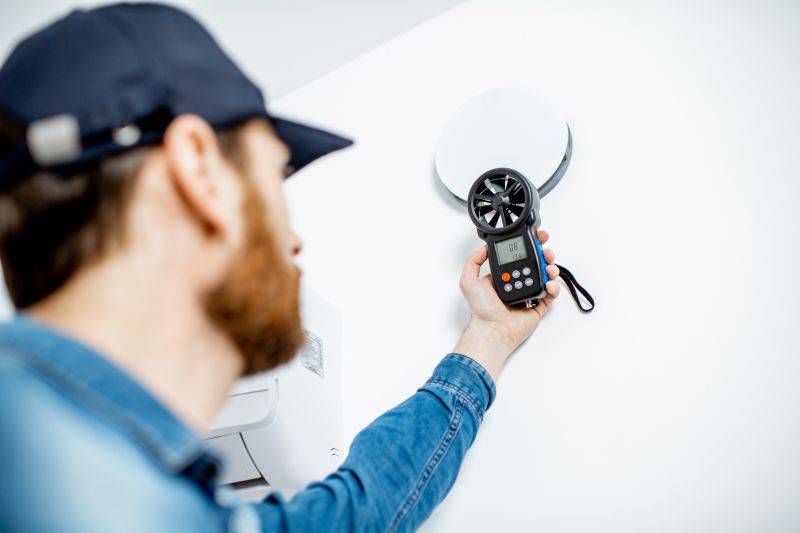
Small tweaks to make Air Quality Testings safer and easier to use.
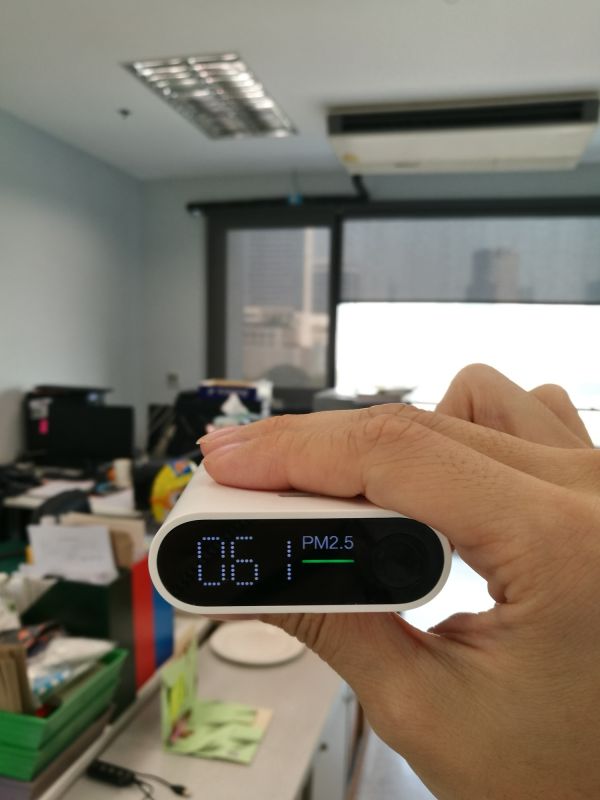
Lower-waste or water-saving choices for Air Quality Testings.
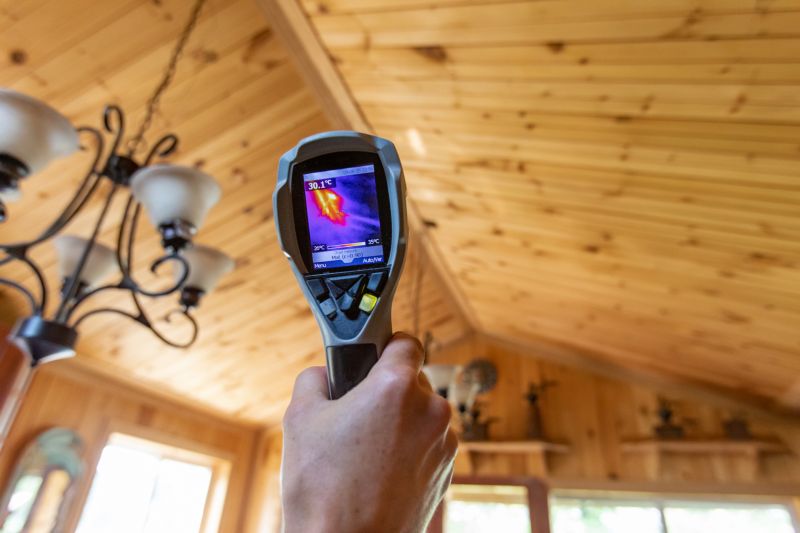
The short, realistic tool list for quality Air Quality Testings.
| Aspect | Best Timing for Testing |
|---|---|
| Seasonal Variations | Spring and fall are ideal for capturing typical pollutant levels. |
| Occupancy Levels | During high occupancy to assess exposure risks. |
| Post-Remediation | Immediately after air quality improvements. |
| Weather Changes | During significant weather shifts to observe their impact. |
| Routine Monitoring | Quarterly or biannual assessments for ongoing tracking. |
| Indoor Activities | During periods of increased cooking or cleaning. |
| Ventilation Changes | When ventilation systems are adjusted or maintained. |
| Pollutant Peaks | When specific sources are active, such as fireplaces or industrial activities. |
Understanding the optimal timing for air quality testing ensures accurate assessment and effective management of indoor environments. Regular evaluations help identify pollutant sources and monitor the success of mitigation efforts, supporting healthier indoor spaces.
